48+ Sample Bill Of Material Templates
-
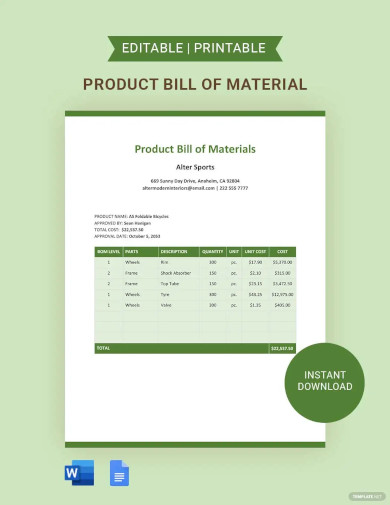
Product Bill Of Material Template
download now -
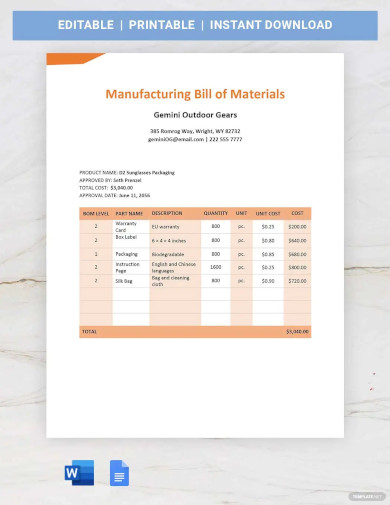
Manufacturing Bill Of Material Template
download now -

Electrical Bill Of Material Template
download now -
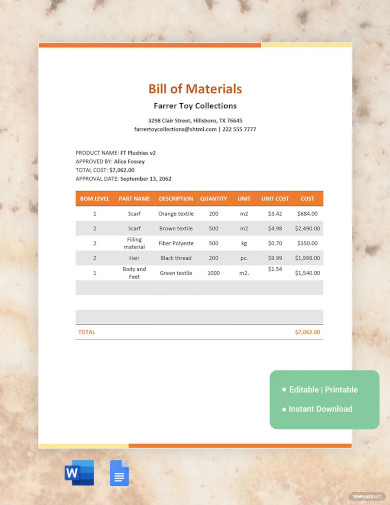
Sample Bill Of Material Template
download now -
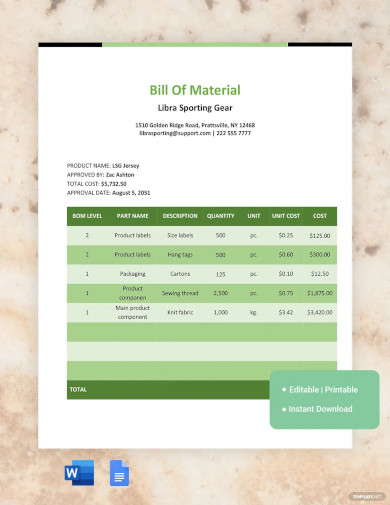
Basic Bill Of Material Template
download now -
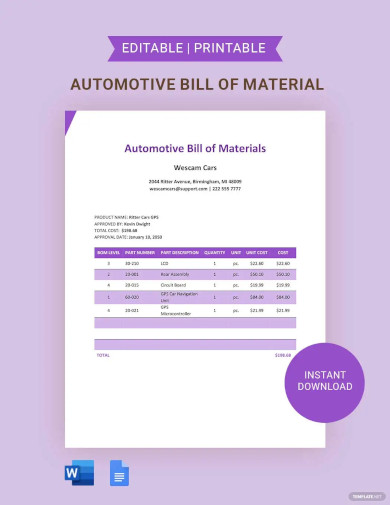
Automotive Bill Of Material Template
download now -
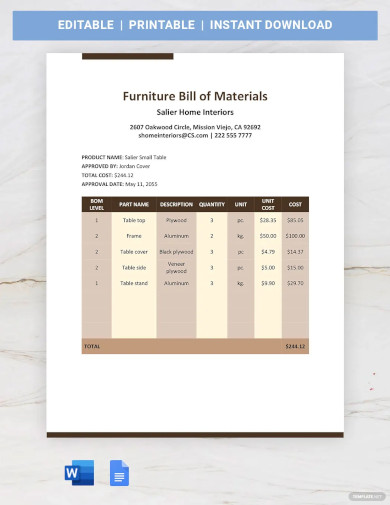
Furniture Bill Of Materials Template
download now -
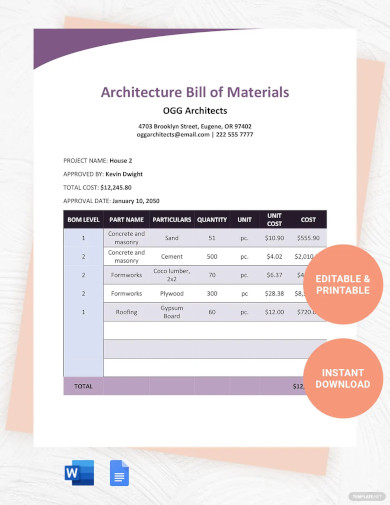
Architecture Bill Of Materials Template
download now -

Mechanical Bill Of Materials Template
download now -
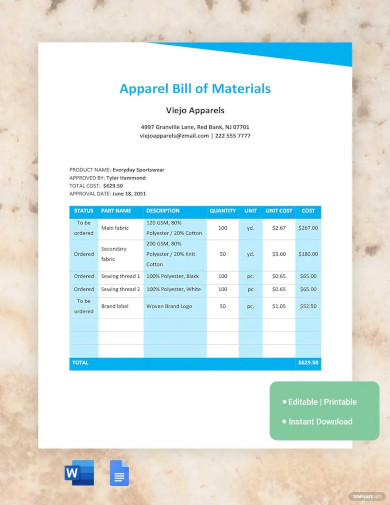
Apparel Bill Of Materials
download now -
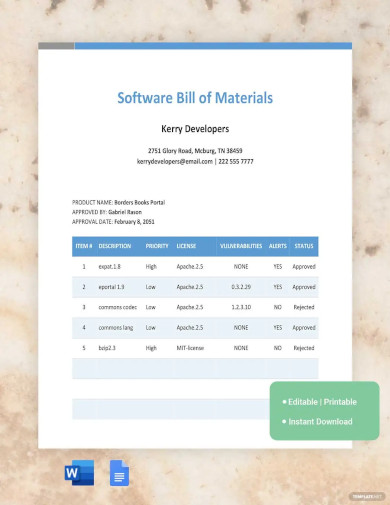
Software Bill Of Materials
download now -
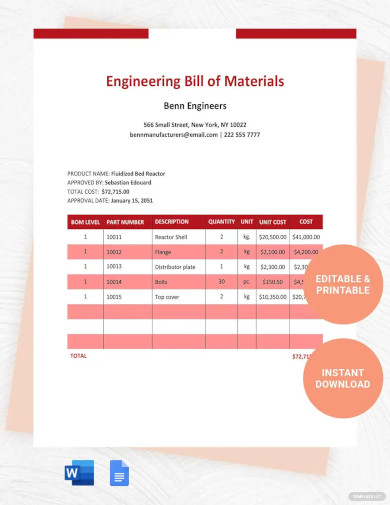
Engineering Bill Of Materials Template
download now -
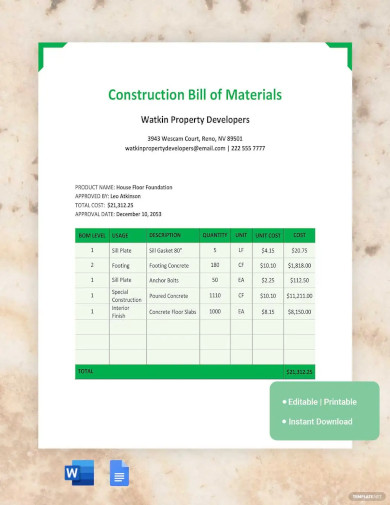
Construction Bill Of Materials Template
download now -
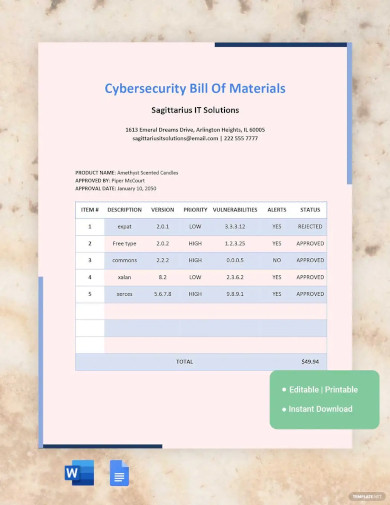
Cybersecurity Bill Of Materials Template
download now -
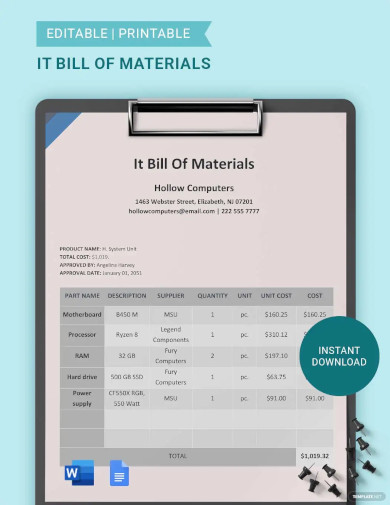
IT Bill Of Materials Template
download now -
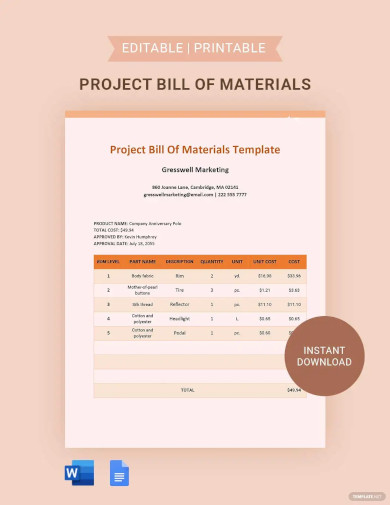
Project Bill Of Materials Template
download now -
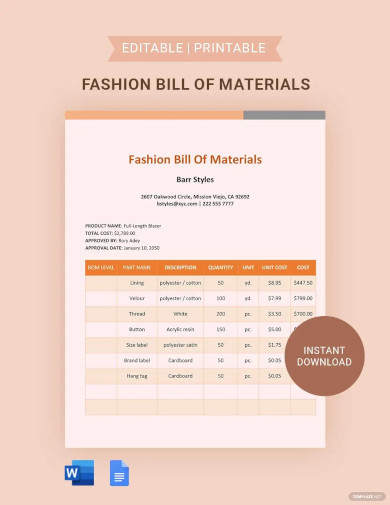
Fashion Bill Of Materials Template
download now -

Sales Bill Of Materials Template
download now -
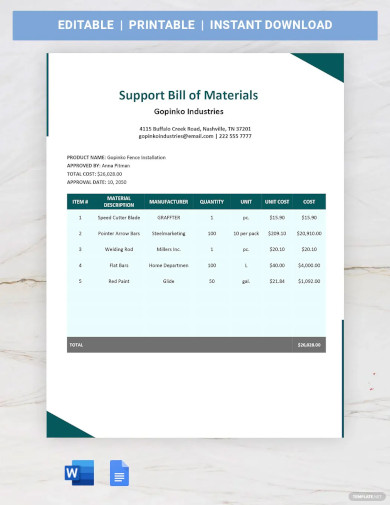
Support Bill Of Materials Template
download now -
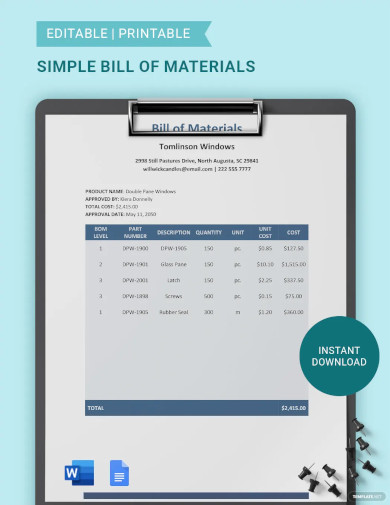
Simple Bill Of Materials Template
download now -
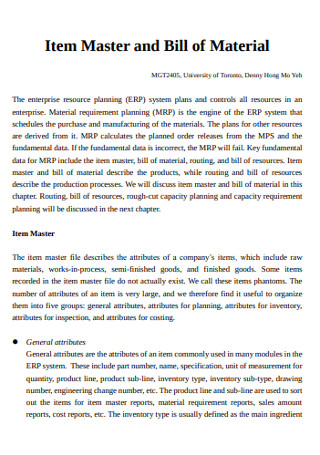
Item Master and drawing Bill of Material
download now -
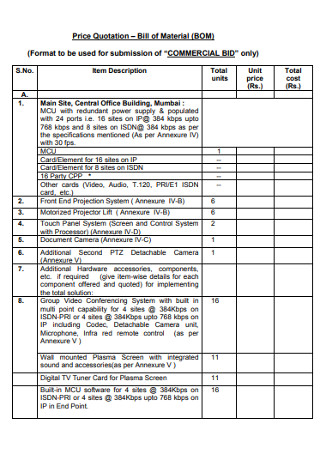
Price Quotation Table Bill of Material
download now -
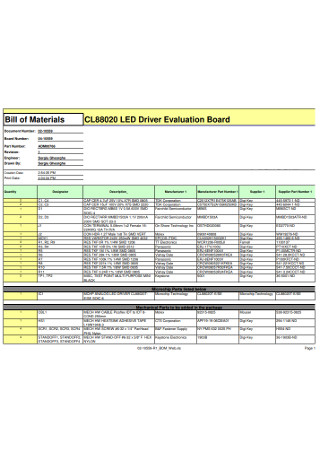
Driver Construction Evaluation Board Bill of Material
download now -
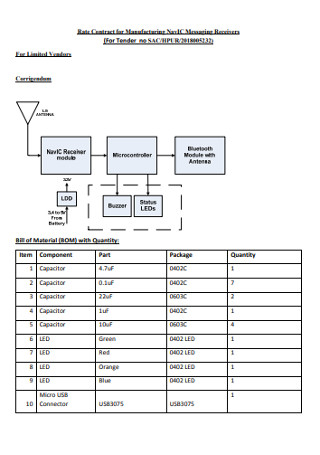
Contract for Car Manufacturing Bill of Material
download now -
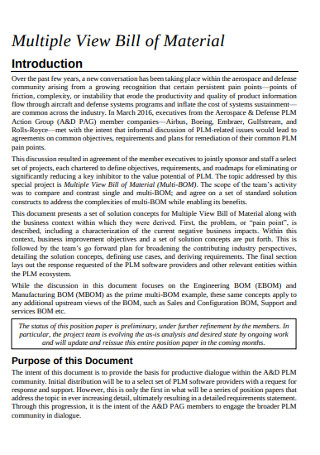
Software Multiple View Bill of Material
download now -
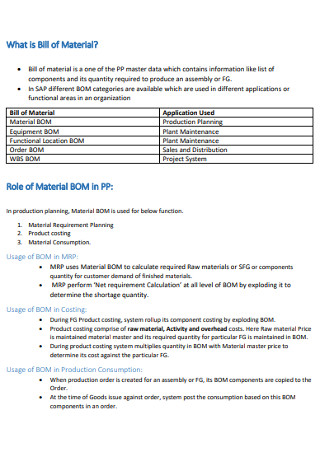
Restaurant Bill of Material in Production Planning
download now -
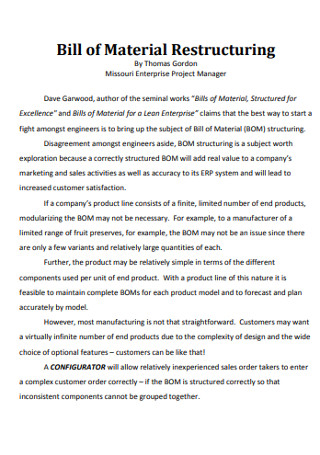
Garment Bill of Material Restructuring
download now -
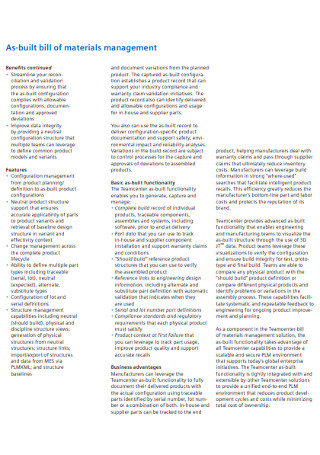
Built Machine Bill of Materials Management
download now -
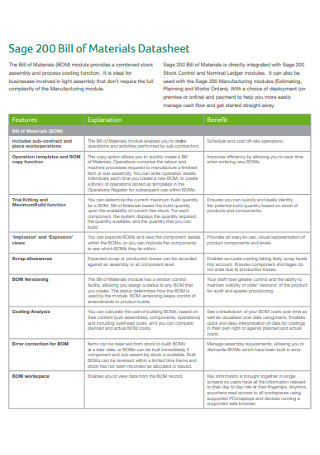
Multi Level Bill of Materials Datasheet
download now -

Sample Knuckle Joint Bill of Materials
download now -
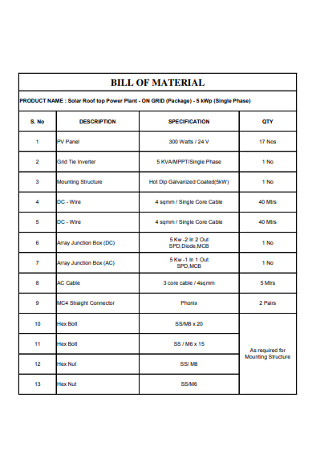
Solar Power Electrical Plant Bill of Material
download now -
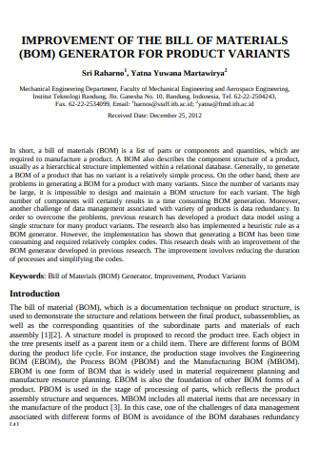
Single Level Product Improvement Bill of Material
download now -
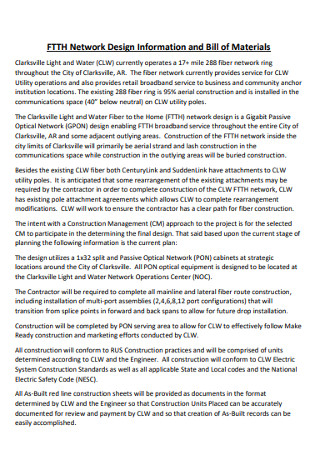
Network Design Information and Bicycle Bill of Materials
download now -
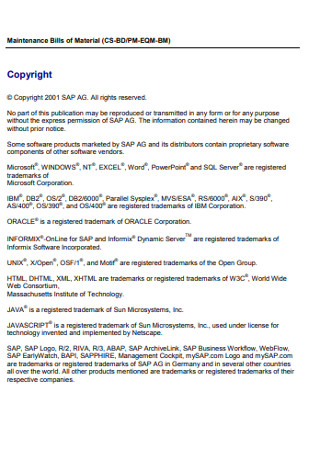
Maintenance Piping Bills of Material
download now -
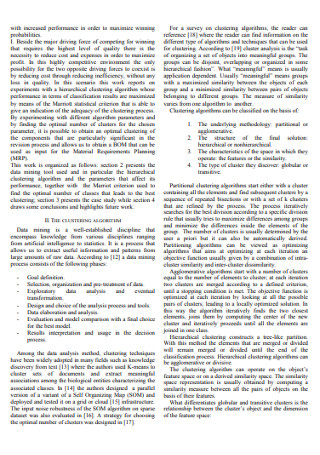
Bill of Materials for Food Motor Revision
download now -
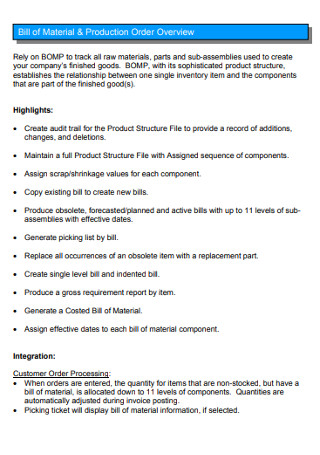
Furniture Bill of Material and Production Order
download now -
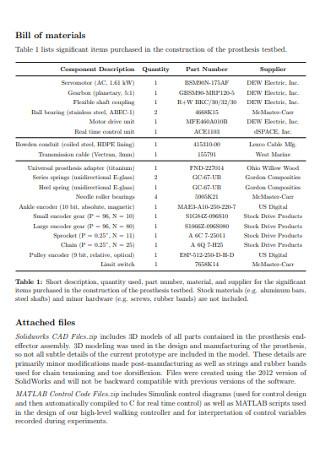
Simple T Shirt Bill of Material
download now -
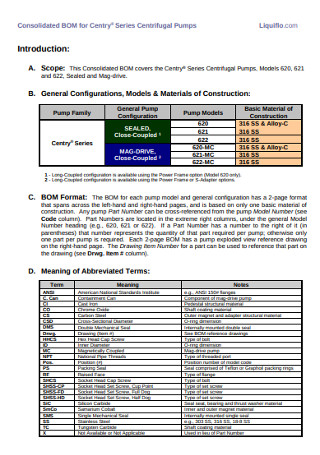
Consolidated Steel Bill of Material
download now -
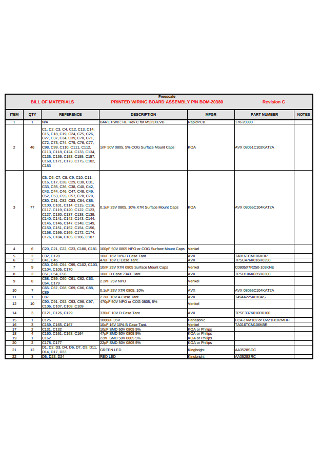
Board Assembly Project Bill of Material
download now -
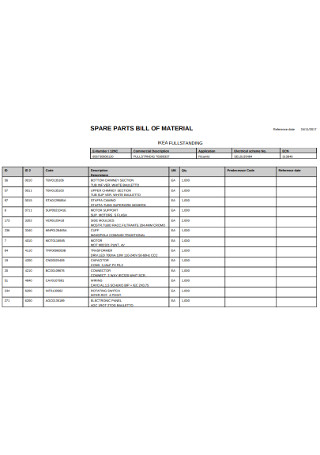
Mechanical Bill of Material
download now -
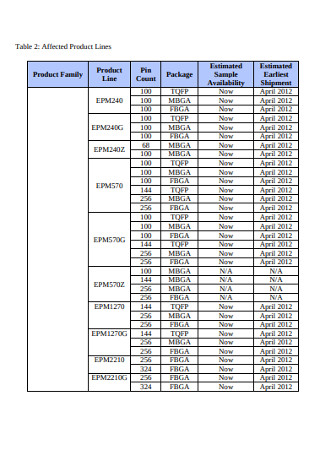
Sample Green Number Bill of Material
download now -
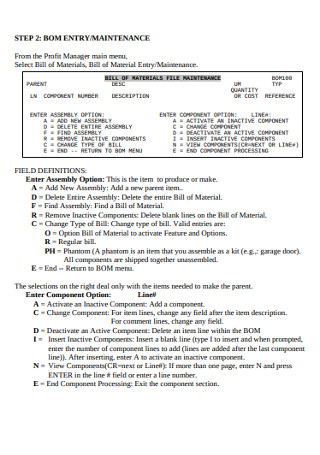
Bill of Material Entry Example
download now -
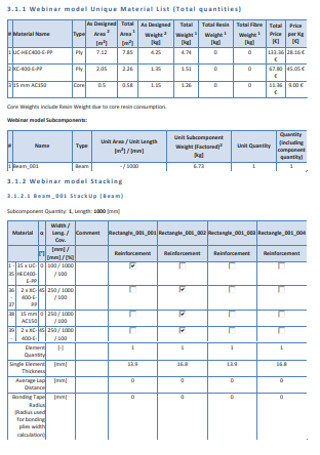
Basic Bill of Material Report
download now -
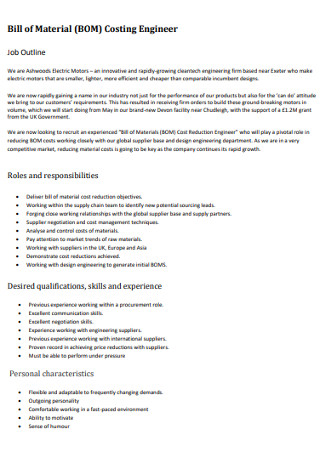
Bill of Material Costing Engineer
download now -
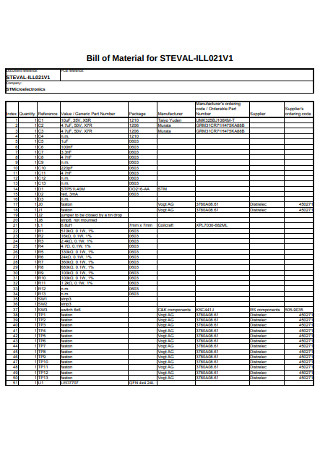
Bill of Material for Steval
download now -
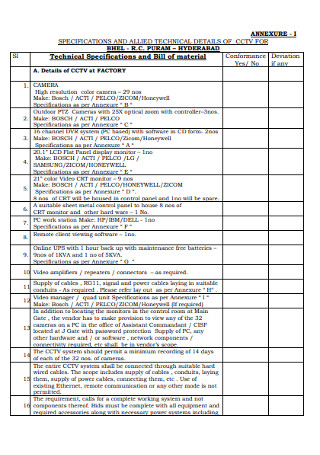
Technical Specifications and Bill of Material
download now -
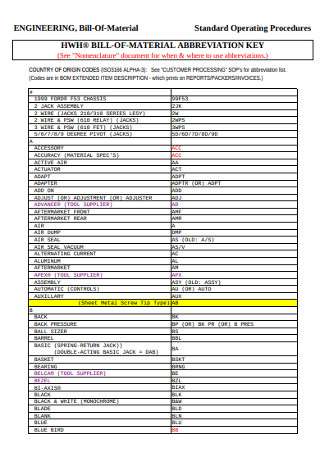
Bill of Engineering Material
download now -
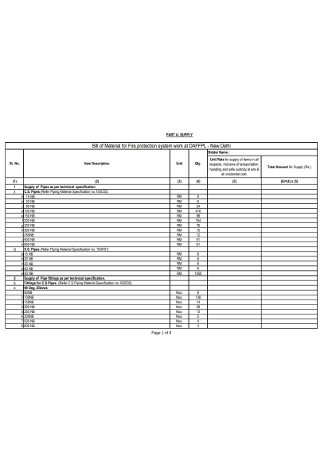
Bill of Material for Fire Protection System Work
download now -
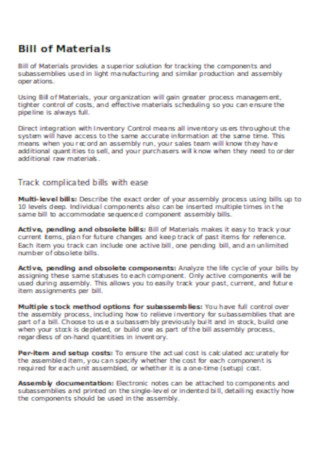
Simple Bill of Material Example
download now
FREE Bill of Material s to Download
48+ Sample Bill Of Material Templates
What Is a Bill of Material and Why Does It Matter?
Types of Bill of Materials
Essential Components of a Bill of Material
How to Create an Efficient Bill of Materials
FAQs
What’s the difference between a bill of material and a material take-off?
Who needs to use the BOM?
What file attachments come with your BOM?
What Is a Bill of Material and Why Does It Matter?
A bill of materials or BOM is a comprehensive list of all materials required in production. This contains the exact quantity and description of raw materials, intermediates, consumables, or parts organized in a hierarchy to present the process. A BOM comes in two structures: the single-level BOM and the multi-level BOM.
A single-level BOM, in the most basic sense, is a list of materials with its corresponding quantity and description required to finish a product. It’s easier to develop, but it doesn’t suit complex products that involve the components of a single part. The latter needs a multi-level BOM. A multi-level BOM offers more details and showcases the relationship between one material to the other.
A BOM is an important tool in managing your supply chain and in bringing together all personnel in operation. This binds together every merchandiser, buyer, supplier, and designers as it gives them the complete picture of the different components and the right amount of each to produce the right goods. It also serves as a key communication tool between you and your partners in the manufacture.
According to TechTarget, an efficient BOM helps you with the following:
1. Make purchases – because it comes with all the material list, you won’t need to prance around the dark, not knowing what your production needs.
2. Determine estimate costs – a BOM requires the quantity of the materials needed to conjure a finished product. Putting this on the list helps your budgeting team make wise allocations
3. Secure supply and lessen material wastes – a BOM will help give you better control over your supplies to reduce wastes and ensure that you have enough to keep the operation stable.
4. Plan and keep track of all the resources – this ensures that you never have to run out of supplies again as it allows you to keep a close eye on every material needs. You’ll know exactly what to buy and when to use it.
These benefits help you manage a smooth-sailing production by looking after the product’s components. Aside from this, Medium also sees a BOM as an integral part of the production because it sets the standard of how a product should be made. It presents how each component comes together to generate the right product model that will, later on, get to the hands of the consumers.
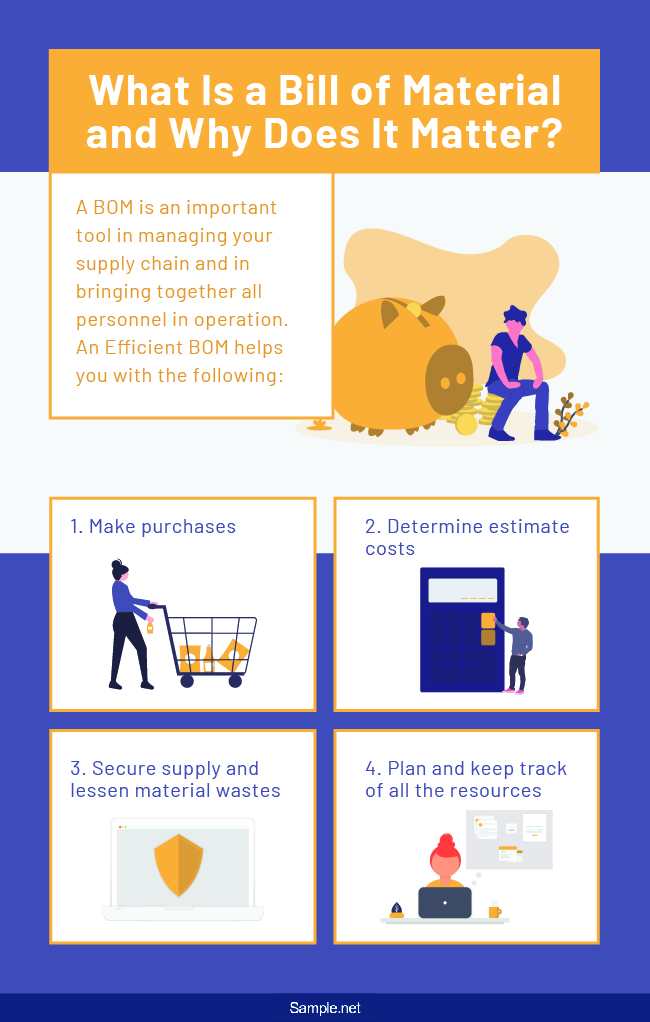
Types of Bill of Materials
Depending on your goals and needs, your BOM comes in different types that you should be aware of. They vary in format, function, and details, so it’s important that you identify which model suits your requirements.
Engineering Bill of Materials (EBOM)
An EBOM focuses on the functional aspects of a component or structure and is usually designed by a group of engineers. To show how a part functions as an element of the product, it usually involves a technical or mechanical sketch or illustration. And because it’s design-based, it’s made with the help of computer-aided design (CAD) and can have multiple logic models as it undergoes several revisions.
Manufacturing Bill of Materials (MBOM)
An MBOM is a list of all items needed to manufacture an end product. It also includes information on which components need processing prior to its assembly. It also explains how each part will come together in order to complete the process, which will be shared with those responsible for purchasing and building the product.
Sales Bill of Materials (SBOM)
An SBOM presents a product on its sales stage, where the different parts of the product come as different sales items on the receipt even though they appear as merely a component and should be labeled as an inventory.
Essential Components of a Bill of Material
Like any other important document, a BOM contains essential parts and information that one should never miss. These components contribute to a BOM’s efficiency and should be included when filling out the sheet. Read through and take the time to know each of them:
How to Create an Efficient Bill of Materials
A BOM is an integral part of any production, but it can serve otherwise when it’s structured weakly. Create an effective BOM by following the guidelines below:
Step 1: Start with a Comprehensive List
Before you venture into completing the entire business document, create a complete list of everything you’ll need to commence the production or to manage your operations. It’s best to identify every material you’ll need, so you can easily set them down in your bill of material sheet later on without missing anything. This is an easy task to take if you’ll only need a couple of resources, but if you need a lot of them, there’s the risk of missing out on a single item. To help you organize your resources, use categories. This way, you can work your first by looking at the bigger picture as you gradually narrow it down to its details. As an example, if you manufacture goods, you can label the lists as pre-production, in production, and post-production. You can focus one phase at a time and easily determine which things should go on your list.
Step 2: Specify Quantity
Know how much you’ll be needing of each material and include this on your list. It’s not enough to know what you’ll need, but you need to have an idea of the quantity. Do the research and determine the scale of your production or enterprise. Calculate the quantity you’ll be needing in each production. If you’ve been operating for a while, you’ll be able to fill this part immediately by referring to your previous records. However, if you’re new in business and are still surveying the field, this might need a little more research. Doing this contributes to a better pricing process and budgeting.
Step 3: Don’t Leave Out the Description
Don’t think you won’t need the description anymore because you already have the material name. The description plays an important part in making sure that the buyer, manufacturer, or anyone who’s assigned to check on the bill understands what the materials look alike and how they differ from other similar materials. Without this, the possibility of duplicating several materials is not far off, which is a waste of time and resources. Provide a space where the description should be.
Step 4: Know Your BOM’s Type and Level
When you’re done with your needed list and are now ready to structure your layout, begin by knowing what type of BOM you’re making and what level it should include. This provides you with an overview on how you would need the format to look like. Deciding this largely depends on the kind of activity you’re leaning on what your focus is all about. As an example, if your operation centers on a product’s design, you need to go for an engineering BOM. If you only need to see an overview of the product’s components without digging the history all the way to the different raw materials that were used, a single-level BOM could work. Otherwise, if you want to have every specifics, a multi-level BOM would require more effort.
Step 5: Consider Using a Template
If you’re having a hard time coming up with the format of your bill of materials, you might want to consider getting a template for your convenience. This is highly recommended, especially if you’re managing a huge operation entailing a large number of materials. Starting a form on your own can be tricky, adding a significant burden on single-handedly tracing all the necessary materials. Using a template allows you to directly fill in the sheets with all the data you’ve gathered. This way, instead of drafting out the document structure on your own, you can now search for a template that matches your BOM type and level. This saves you a lot of time and effort with a commendable end result.
FAQs
What’s the difference between a bill of material and a material take-off?
While a bill of material (BOM) contains a detailed list and description of all the materials needed to produce a final product, a material take-off (MTO) is the analysis of a product’s drawing or design to identify its component’s weight, quantity, types, and grades. In other words, an MTO is needed to generate a BOM, and the BOM looks after the production and acquisition of each material.
Who needs to use the BOM?
A BOM could be used by anyone who needs it for reference during the course of the entire production.
What file attachments come with your BOM?
Some of your BOM’s file attachments may include a computer-aided design (CAD) and assembly instructions, depending on your BOM level and its needs.
Resource mismanagement is an issue with grave consequences. Not only can it hamper the progress of production, it can cripple an entire business’ operations as well. This is why every management must place high regard on how they supervise their goods to ensure that every piece is utilized in the way it should be. The BOM as a resource management tool is an essential part of this responsibility.
